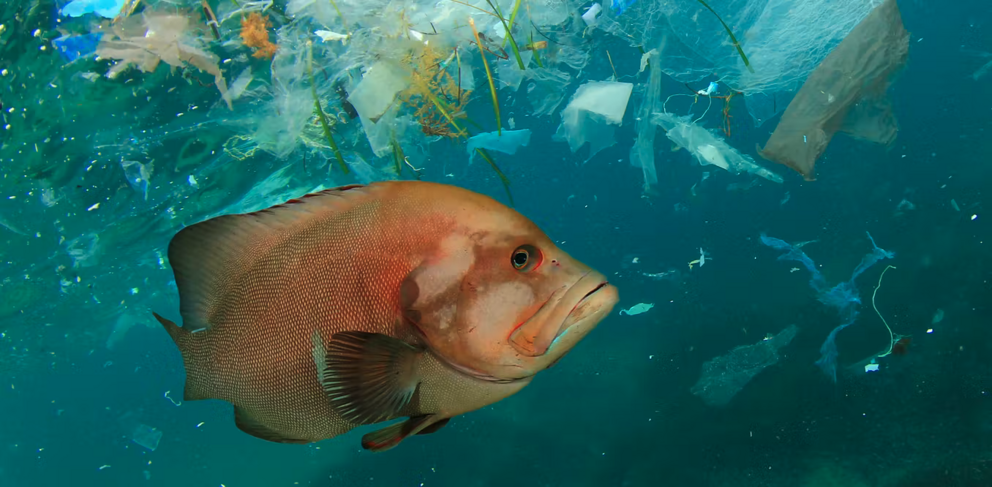Microplastics might be entering marine food webs from the bottom up
Authors
- Garth A Covernton
Postdoctoral fellow, Department of Ecology and Evolutionary Biology, University of Toronto
- Hailey Davies
PhD Student, Department of Biology, University of Victoria
- Kieran Cox
Postdoctoral fellow, Marine Ecology, University of Victoria
Disclosure statement
Garth Covernton currently receives funding from the University of Toronto Arts and Sciences Fellowship. In the past he has received funding from Fisheries and Oceans Canada, the Natural Sciences and Engineering Research Council of Canada, and the University of Victoria.
Hailey Davies receives funding from Natural Sciences and Engineering Research Council and the University of Victoria.
Kieran Cox receives funding from the Liber Ero Fellowship Postdoctoral Fellowship and the Natural Sciences and Engineering Research Council.
Partners
University of Toronto provides funding as a founding partner of The Conversation CA.
University of Toronto and University of Victoria provide funding as members of The Conversation CA-FR.
University of Victoria provides funding as a member of The Conversation CA.
We believe in the free flow of information
Republish our articles for free, online or in print, under Creative Commons licence.
Microplastics — tiny pieces of plastic less than five millimetres in size — have been found in marine and freshwater animals ranging from tiny zooplankton to large whales.
Scientists have found that microplastics have the potential to cause harm to animals through pathways including replacing food and leaching added chemicals into their bodies. However, it’s unclear how much these effects are currently occurring in the environment.
Our recently published study explores how microplastics move within coastal marine food webs. We found that smaller animals feeding lower in the food web might be at greater risk from microplastic exposure than larger predatory animals.
Get news that’s free, independent and based on evidence.
Pollutants and food webs
Food webs are tangled networks of organisms feeding on each other. Where an animal is feeding within this tangled network is called its trophic position and may determine its exposure to pollutants.
For example, mercury pollution accumulates in the muscles of animals and is passed from prey to predators, reaching higher levels of concentration through the food web.
Read more: Killer whales: why more than half world's orcas are threatened by leftover industrial chemicals
This process is called biomagnification, and it’s why animals like tuna and salmon end up with potentially dangerous concentrations of pollutants.
Do microplastics biomagnify?
During the summer of 2018, we collected individuals — including clams, mussels, sea cucumbers, crabs, sea stars and fishes — across a food web from several sites around southern Vancouver Island.

A beach seine conducted to collect fish for the study. We found that most individuals had up to two microplastic particles in each of their guts and that the particles were mostly fibres. (Kieran Cox), Author provided
For the rest of this article please go to source link below.

